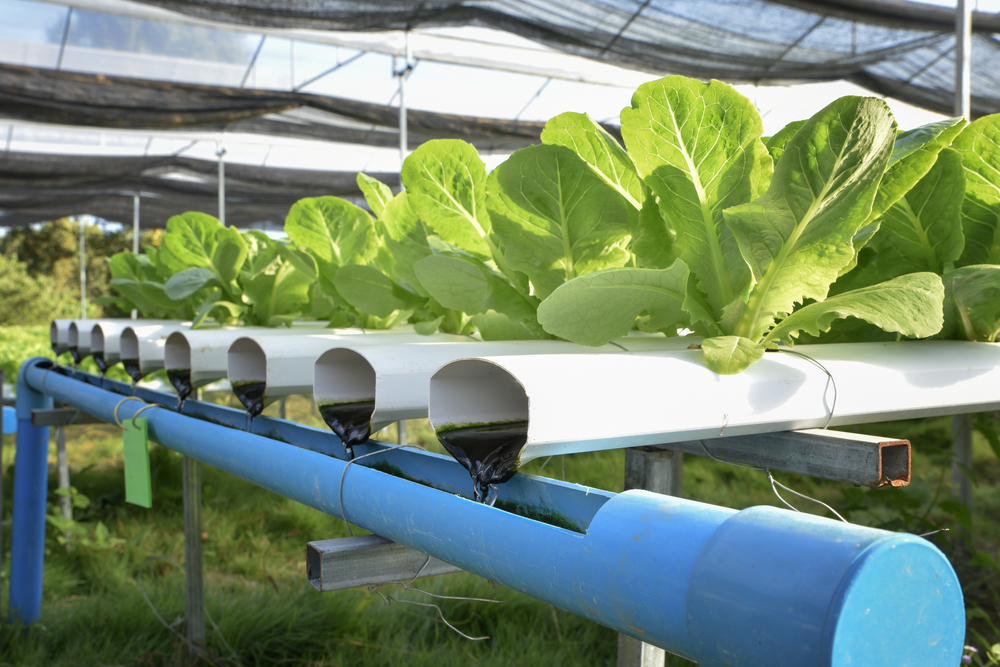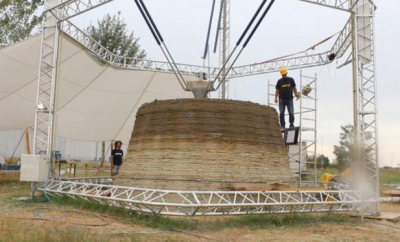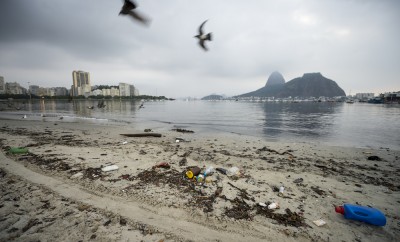Environment
Aquaponics might solve world hunger

Image: Peangdao Shutterstock.com
The solution to solve world hunger and saving the environment might have finally been discovered. In a large suburb of Toronto, a cutting-edge technological system is being used to help those below the poverty line eat fresh, whole foods year-round. The technology, called aquaponics, was developed by the University of Wisconsin’s Aquaponics Program specifically for the city of Mississauga’s food bank.
The Toronto suburb, which has a population of roughly 750,000, has nearly 182,000 residents living below the poverty line. This population relies on the Mississauga Food Bank for nourishment, but in the dead of winter, it’s often impossible to supply fresh foods to needy citizens. The solution? An aquaponics system.
Aquaponics is the combination of two types of agriculture: hydroponics and aquaculture. Hydroponics is the science of growing plants without soil and aquaculture grows fish in controlled environments. Aquaponics uses the best of both by growing plants with the nutrient-rich wastewater left by the fish, while the plants themselves clean the water. It’s an intricate system that, if done correctly, creates an efficient closed-loop system that requires little maintenance.
The Mississauga Food Bank debuted it’s new aquaponics system in November of 2016 and has high hopes for the future. They plan to grow at least 2,000 heads of lettuce and 215 pounds of tilapia per year, which is roughly 10,000 servings and 645 servings respectively. Supplemented with donated foods, the Mississauga Food Bank can surely make an impact for the underserved populations in their community.
The impact of this aquaponics system has the potential to be widespread. While it’s the first program of it’s kind in Canada, many places in the United States already use aquaponics systems to meet other needs.
Considering aquaponics uses a closed-loop system, it’s incredibly sustainable for a world plagued with long drought seasons and dwindling access to freshwater. Besides the initial water in place, little else (besides food for the fish) is required to make it work. That’s opposed to the billions of gallons of freshwater used for agriculture today in the United States. In fact, agriculture currently accounts for 80% of all freshwater usage domestically each year.
Of course, the Mississauga Food Bank’s clever use of aquaponics solves another problem that reaches every country in the world: hunger, poverty, and food access. Could aquaponics be the solution we’ve been searching for to combat these complex issues? It’s inexpensive, efficient, and sustainable, so it absolutely has the potential.
Imagine a world where our tax dollars went to improving the environment and solving hunger at the same time! In the end, funding environmentally-friendly businesses isn’t a huge priority for the United States government— yet. That means the responsibility to advocate for greener practices falls on the shoulders of everyday citizens.
To learn more about the Mississauga Food Bank and they’re aquaponics program, visit their website here. They have a blog section that will keep tabs on their revolutionary system. You can even donate to the cause!





0 comments